IT is a question I have been asked many times – who was the greatest rider you ever saw?
An impossible question to answer, of course, as there are so many variables. For instance, horses, courses, fences and opposing fellow riders. However, I am sure we all have our favourites.
Over a period of 75 years, I have seen many memorable riders, from Harry Freeman-Jackson via such as the great Australian Lawrence Morgan and Enda Bolger, to Derek O’Connor. But, on statistics, I would have only one name to put forward – Pat Tollit, my greatest point-to-point heroine.
It was with the deepest sadness that I read of Pat’s passing on December 4th. She was the daughter of Major Harold Rushton, who had been the leading point-to-point rider of 1933, and for many years a master of the Worcestershire hunt.
Therefore it was no surprise that Pat grew up around horses and was soon noticed out hunting. In 1948, aged just 16 (no age restrictions in those days) she rode her first point-to-point winner on her father’s old chaser Merry Knight II at the Cheshire Forest Hunt’s meeting.
I did not see her in action until three years later – I was only seven – when she dead-heated to win the ladies’ open at the North Cotswold, for which there were 18 runners.
Star performer
Pat was leading lady rider that year with 20 winners, including nine on her father’s Lucky Dip. Her next star performer, Episil, gave her a total of 24 wins. I watched that partnership on a number of occasions and they confirmed my early love for the sport.
By 1960 Pat had married John Tollit who predeceased her earlier this year. Together they had three daughters – Katherine (Smith-Maxwell), Christine (Banks) and Angela (Rucker), but this did not stop her booting home winners.
In 1965 Pat rode her 100th winner on Uncle Coke, becoming the first British rider to reach this landmark, though the redoubtable Mrs Sylvia Masters, one-time master of the Tipperary Foxhounds (1935-1952), rode 104 winners in the 1920s and ‘30s.
That same year Pat’s father died and so there were no more of his horses for her to ride. Gansy and No Duda were both prolific winners for her but the best was saved for last.
Pensham, a proven performer from a renowned point-to-point family, was purchased by her mother and, in the words of Geoffrey Sale – esteemed writer on all things point-to-point – the horse was “virtually invincible with Mrs Tollit up”.
In the five seasons from 1969 to 1973, the pair won 38 races, twice winning 10 in a season. The, quietly, at the end of that 1973 season, Pat hung up her racing boots and a career was over.
Final tally
Her final tally was 171 winners over 24 years. It should be noted that in Britain lady riders were restricted to one race per meeting and, until 1963, it was usually restricted to adjacent hunts. Ladies opens were infrequent and hotly contested.
In 1968 ladies were allowed to ride in confined hunt races against men though this did not greatly increase opportunities.
This meant that, over her racing career, she had 342 rides, giving her a remarkable 50% wins-to-rides ratio. It seems almost certain that this success rate will never be repeated.
Although Pat stopped race-riding she was still a formidable rider out hunting and she also owned and bred point-to-pointers. One she bred that gave her significant pleasure was Turn Mill, who won the Lady Dudley Cup at her home meeting in 1990.
Over the years I would like to think I developed a good friendship with her. I’m pleased to say that when the Anglo-Irish riders challenge took place at Chaddesley Corbett in 2015 I was able to introduce many of the Irish team of riders to this icon of the sport.
Indeed, two years later when the event took place at Kingston Blount, Maxine O’Sullivan rode a winner there in the famous Rushton colours for Pat’s daughter Christine Banks.
Always the most modest of people, Pat almost seemed in denial of what she had achieved. One of her granddaughters once said to me: “Granny Tollit does not understand why we can’t ride winners like she used to do.”
Her passing will leave a void in our sport, but what a life it was.
Footnote: In Pat Healy’s excellent new point-to-point book, there is a reproduction of the results of the Bruff meeting of 1959, when Brian McLernon rode all five winners. Among the also-rans in the third race was a then five-year-old named Rosies Cousin.
By the next season he had been acquired by Major Rushton and, over the next eight seasons, won 15 hunter chases, the Royal Artillery Gold Cup, and was unbeaten for Pat Tollit in nine ladies opens before he collapsed and died after his final win.
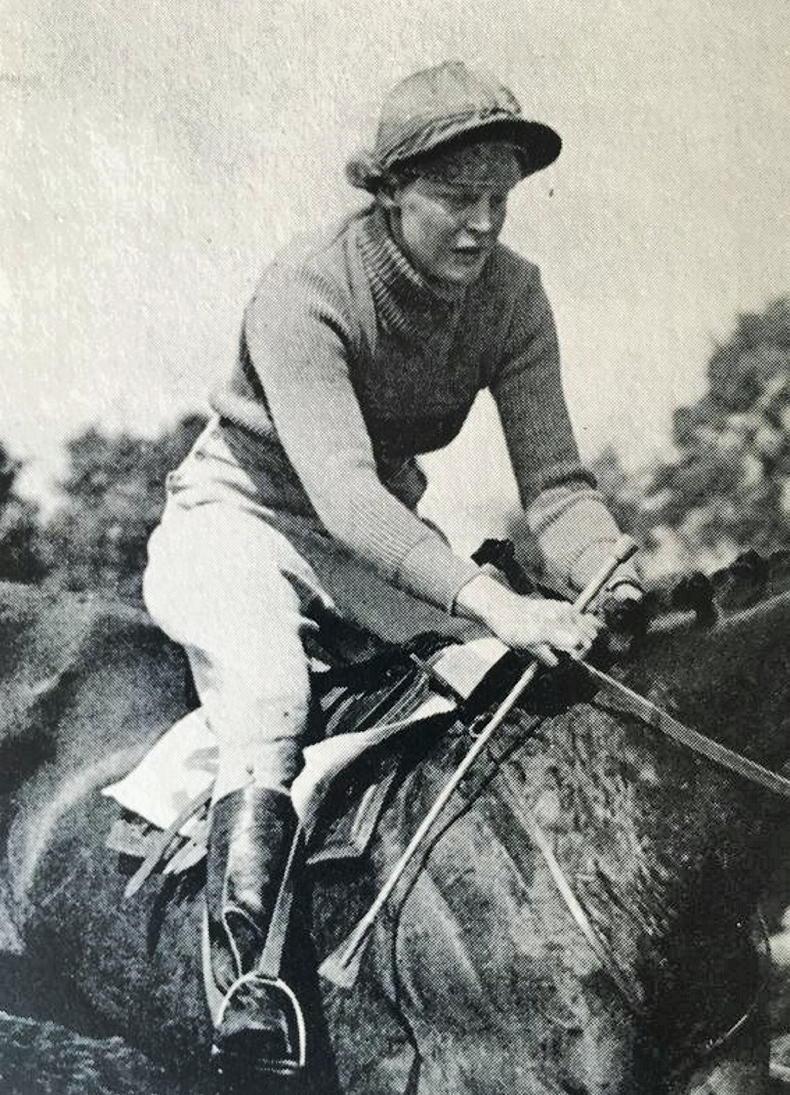

 This is a subscriber-only article
This is a subscriber-only article
 It looks like you're browsing in private mode
It looks like you're browsing in private mode




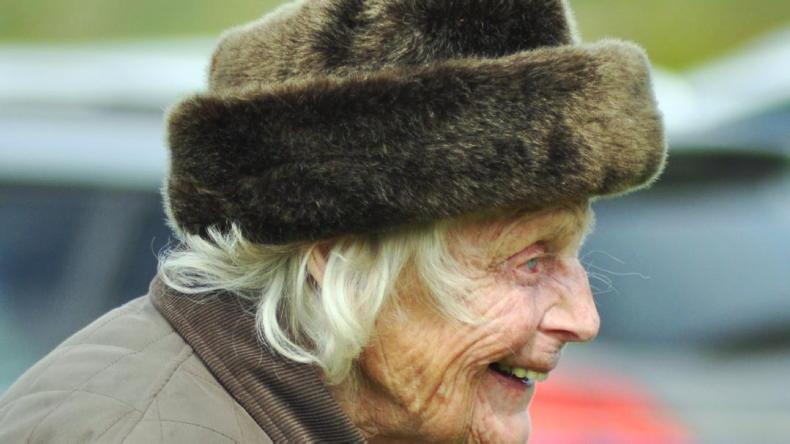
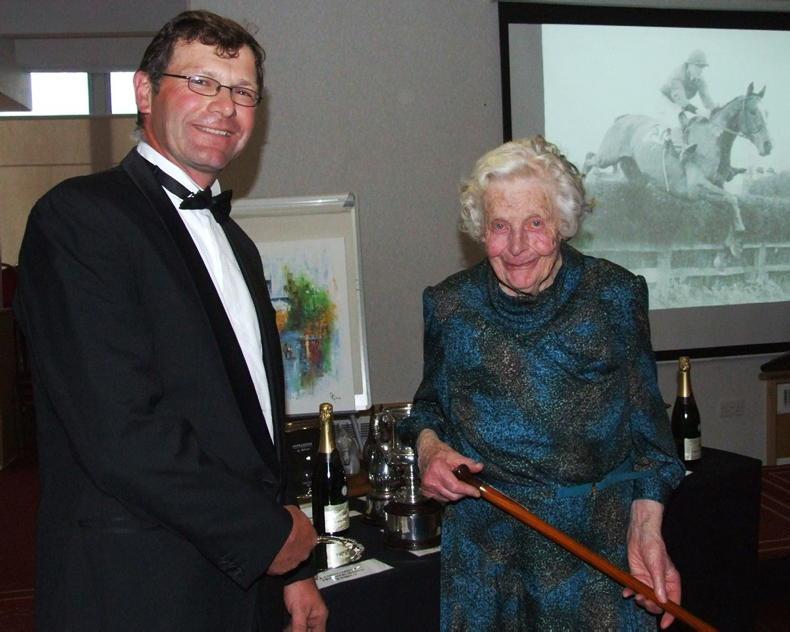
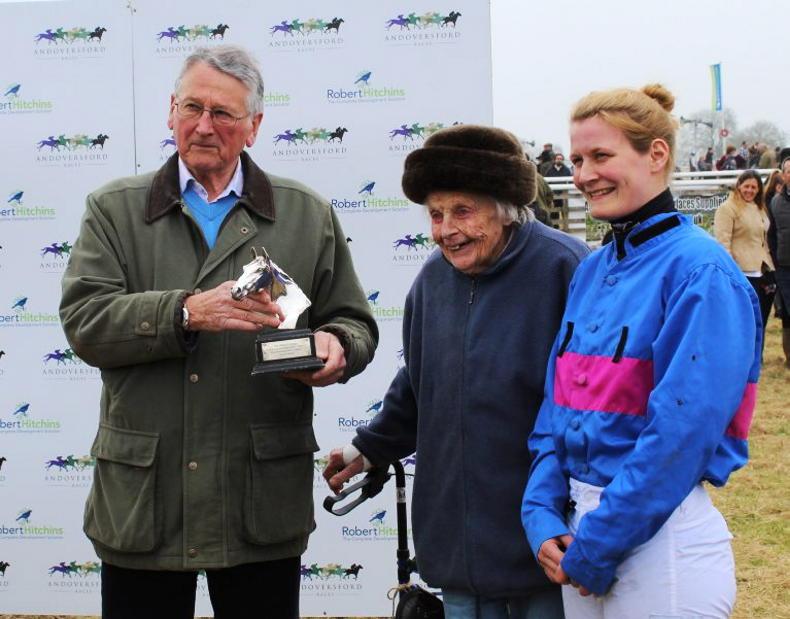
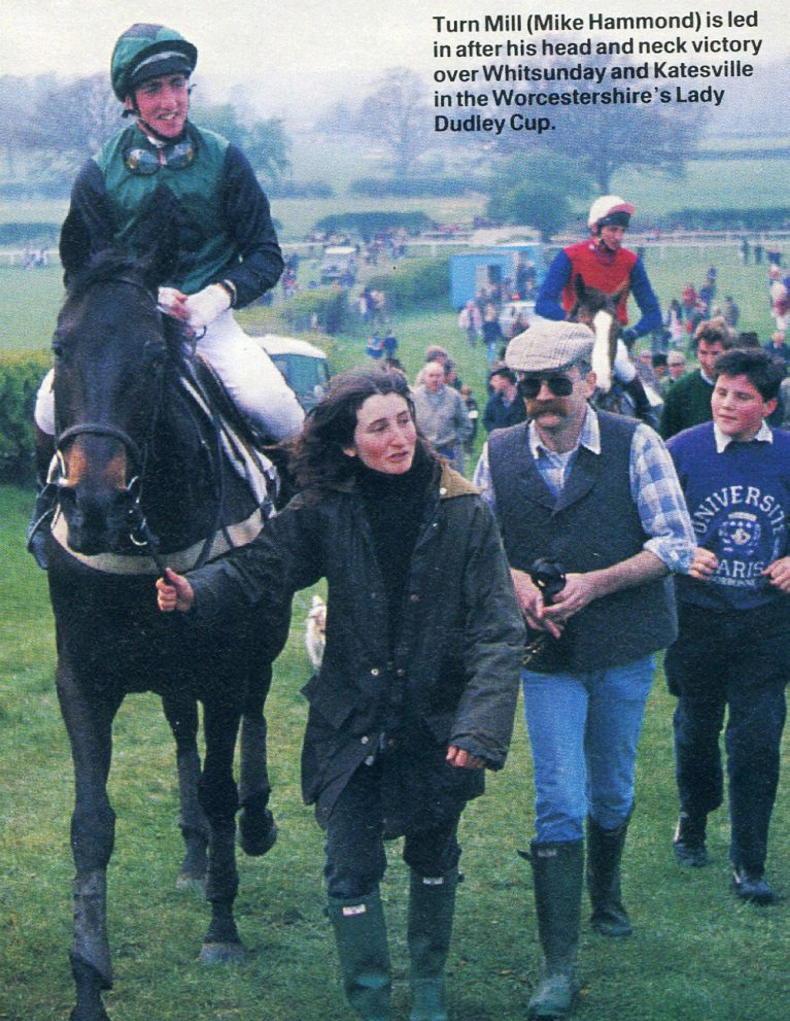

SHARING OPTIONS: